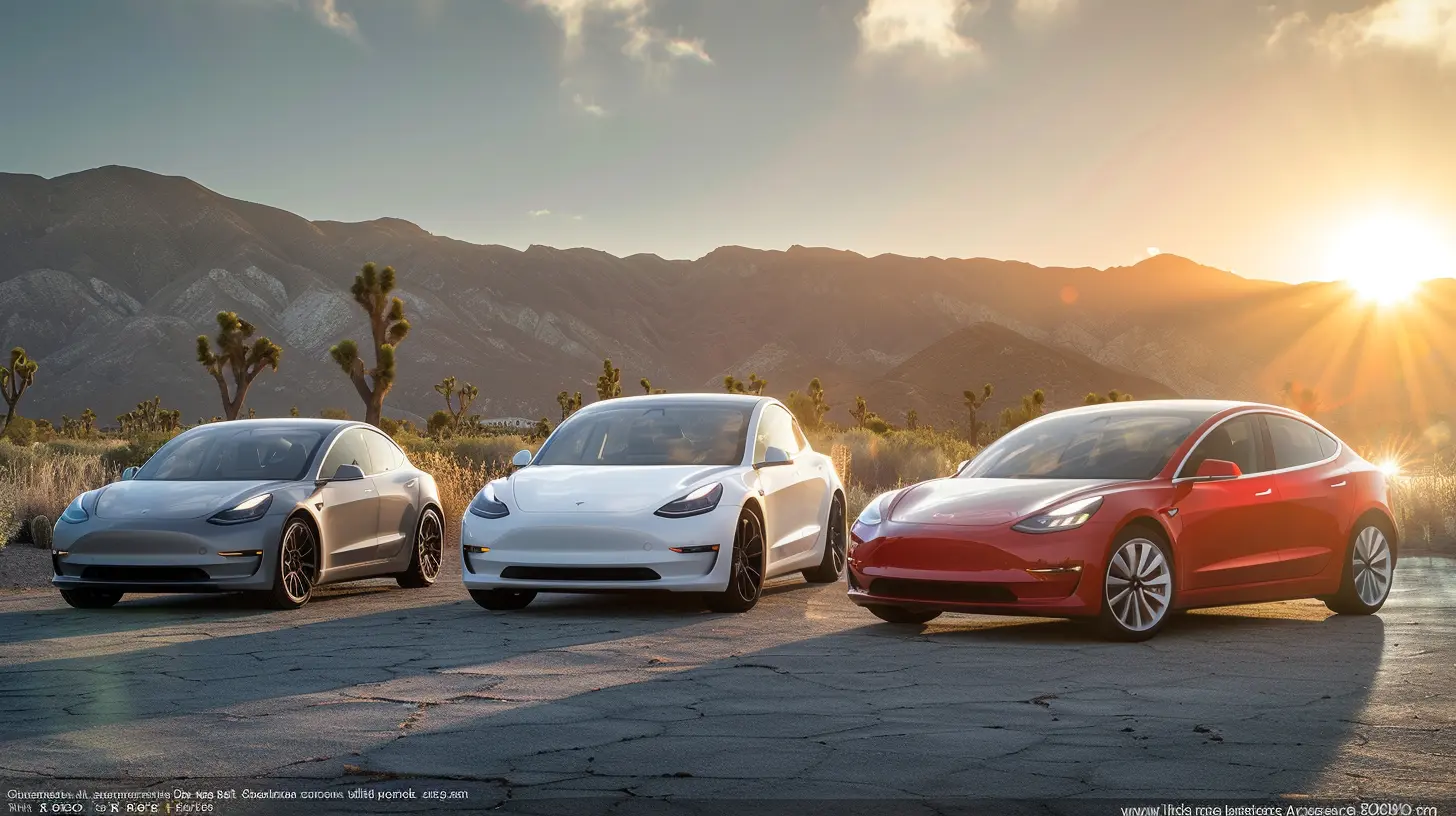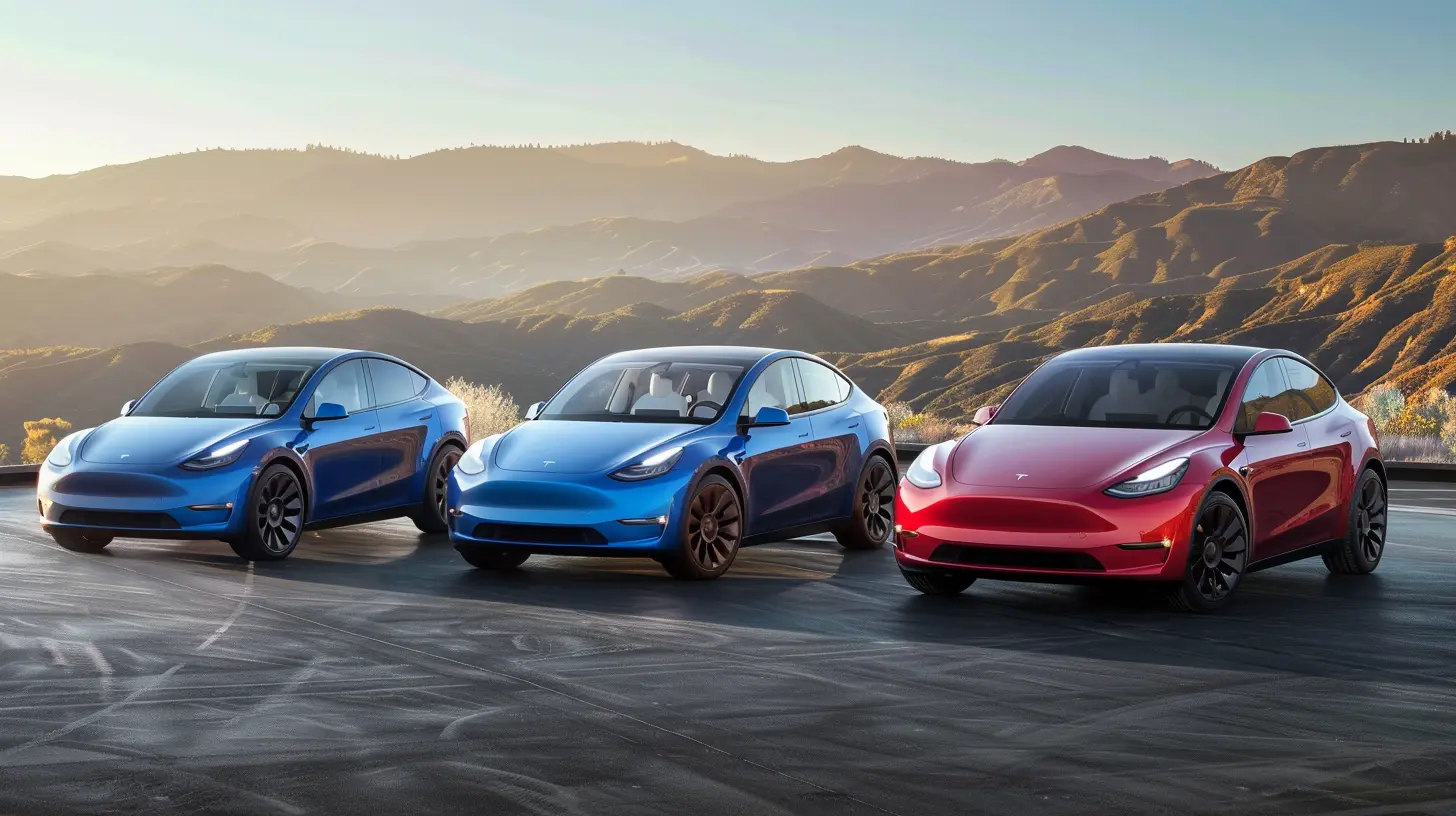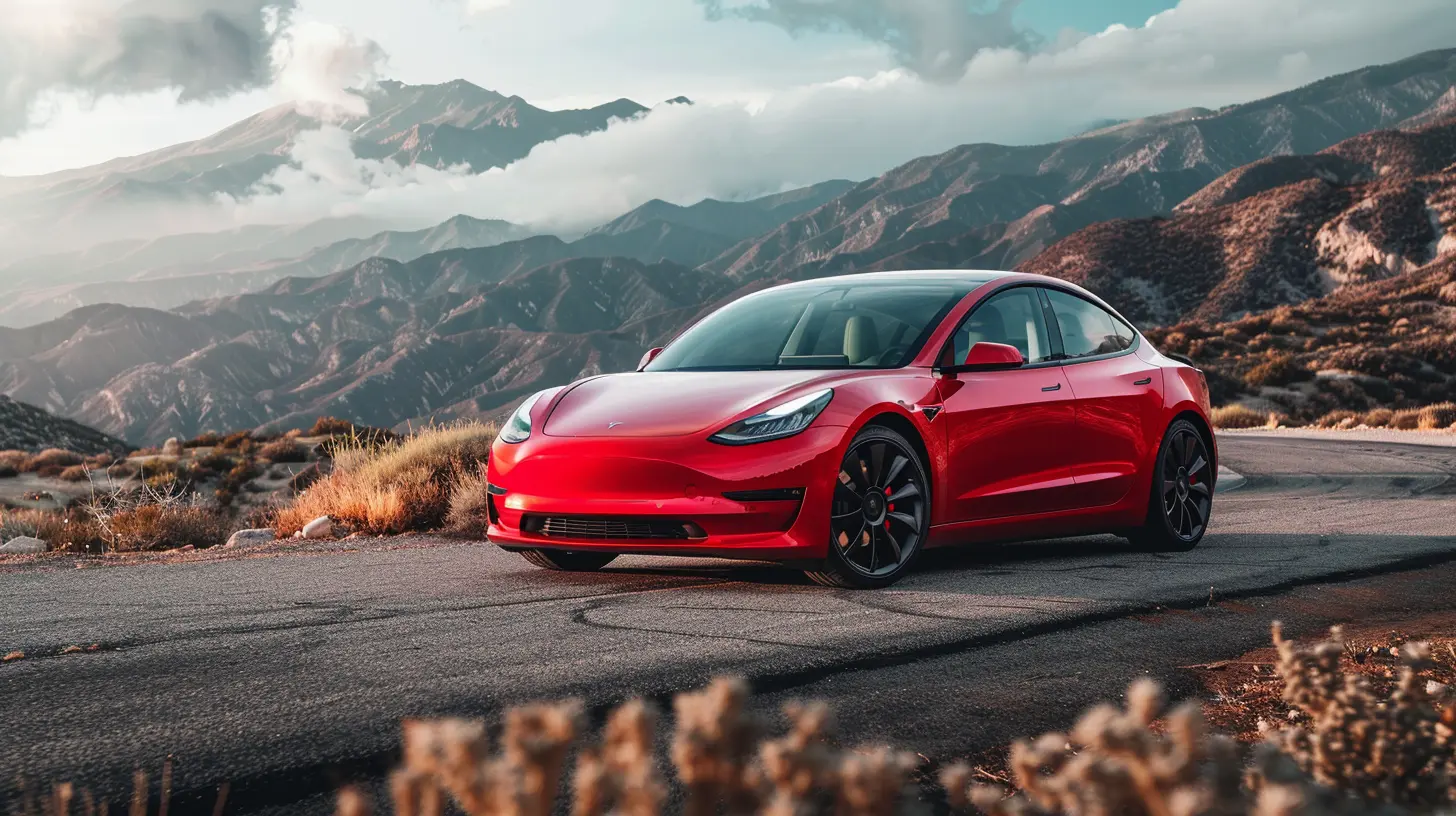How to Choose the Right Electric Vehicle for Your Needs
26 July 2025
Electric vehicles (EVs) aren’t just a buzzword anymore—they're quickly becoming the future of personal transport. With more automakers hopping on the EV bandwagon and governments offering attractive incentives, it’s no surprise that you're considering ditching the gas pump for good. But here's the big question: _How do you choose the right electric vehicle for your needs?_
It’s not as simple as picking the shiniest model or the one with the coolest dashboard. Like buying a house or even a good laptop, choosing the perfect EV requires a bit of homework. But don’t sweat it! We’ve got you covered with a detailed, human-friendly breakdown that'll help you feel confident with your decision.
Why Go Electric in the First Place?
Before we dive into the nitty-gritty, let’s talk motivation. Why are more people swapping fuel for electricity?1. Eco-Friendliness: EVs produce zero tailpipe emissions. They're cleaner for the planet—especially when charged with renewable energy.
2. Lower Running Costs: Say goodbye to gas stations. EVs cost significantly less to "fuel" and maintain.
3. Smooth Driving: Electric motors are quiet and responsive, giving you smoother acceleration and a peaceful ride.
4. Incentives & Tax Benefits: Various federal and state-level incentives can save you thousands.
But those perks only pay off when you choose the right one for your lifestyle. Let's find out how.
Step 1: Know Your Driving Habits
This is the starting line. Think of it like buying shoes—you wouldn’t buy hiking boots if you only stroll around the block, right?How Far Do You Drive Daily?
Range anxiety is real, but not all EVs have short legs. If your daily commute is under 50 miles, even an EV with a modest range will suit you fine. But road-trippers or outdoor adventurers? You’ll need something with a little more juice.- Short commutes (20-50 miles/day): Consider compact EVs like the Nissan Leaf or Chevy Bolt.
- Long commutes or travel-heavy lifestyles: Go for higher-range options like the Tesla Model 3 Long Range, Kia EV6, or Ford Mustang Mach-E.
Urban or Rural?
If you're in the city, compact EVs are easier to park and squeeze through tight spaces. Rural driver? Choose an EV with a longer range and better ground clearance.
Step 2: Understand Range vs. Charging
What is Real-World Range?
Car manufacturers will throw giant numbers at you—“This car has a 300-mile range!” But that’s under ideal lab conditions. Cold weather, AC usage, and your driving style can reduce that. Look at user reviews or real-world tests to get the true picture.Charging Infrastructure—What’s Around You?
Ask yourself: _Where can I charge this thing?_Check sites like PlugShare or apps like ChargePoint to find out how many chargers are near your home, workplace, or usual routes.
- Home Charging: If you have a garage or driveway, install a Level 2 charger.
- Apartment Living? You’ll need to rely more on public charging or negotiate with your landlord.
- Road Trips: Fast-charging support (DC fast charging) is crucial if you're often on the go.
Step 3: Decide On the Body Style
EVs now come in all shapes and sizes—sedans, SUVs, trucks, and even minivans. What’s your preference?- Sedans: Sleek, efficient, and perfect for city dwellers. Ex: Tesla Model 3, Hyundai Ioniq 6.
- SUVs: More space and better ground clearance. Great for families and outdoor lovers. Ex: Volkswagen ID.4, Ford Mustang Mach-E.
- Trucks: Need to haul stuff? EV trucks like the Rivian R1T and Ford F-150 Lightning are here for it.
- Hatchbacks: Compact but versatile. Ex: Chevrolet Bolt, Mini Electric.
Think about what you haul—both people and stuff. Weekend trips? Kids? Pets? Choose accordingly.
Step 4: Budget Wisely (Think Beyond Just the Price Tag)
EVs can seem expensive upfront, but there’s more to the story.Upfront Cost
Yes, EVs often come with a higher sticker price. But don’t forget the tax credits, rebates, and incentives.- Federal Tax Credit (USA): Up to $7,500 depending on brand and income.
- State/Local Incentives: Additional savings may be available.
- Used EVs: A growing pre-owned market can net you great deals.
Operating Costs
- Charging vs. Gas: Charging is cheaper and more stable in price.- Maintenance: No oil changes, fewer moving parts, cheaper repairs.
- Insurance: Might be a bit higher, so get quotes before buying.
Resale Value
Brands like Tesla tend to hold value well. Others? Less so. Look at long-term resale data to see which models depreciate slower.Step 5: Consider the Tech and Features
EVs are essentially computers on wheels. From autonomous driving to over-the-air updates, there’s a lot to geek out over.Essential Features to Look For:
- Battery Warranty: Look for at least 8 years or 100,000 miles.- Infotainment System: Easy-to-use, voice control, smartphone integration.
- Safety Tech: Lane assist, auto emergency braking, blind spot monitoring.
- Regenerative Braking: Helps recharge the battery while you brake.
- Heated Seats & Heat Pumps: Cold climates? These save battery while keeping you warm.
And if you love gadgets? Some EVs offer insane features like “Dog Mode” (shoutout to Tesla), built-in camping mode, or even a frunk (front-trunk)!
Step 6: Brand Reputation and After-Sales Support
A car isn’t just the product—it’s also the service behind it.- Established Brands: Tesla, Ford, Hyundai, and Kia have proven reliable with expanding service networks.
- Startups: Rivian, Lucid, and others are exciting but may have limited service centers.
Software Updates and Connectivity
Some EVs improve over time with software updates. Tesla pioneered this, but others like Ford and VW are catching up.Step 7: Lease, Buy, or Subscribe?
You don't always have to buy. With EV tech evolving fast, leasing might be smarter for now.- Buying: Best for long-term owners.
- Leasing: Lower payments, newer tech every few years.
- Subscriptions: Monthly all-in-one fees (insurance, maintenance, charging).
Just weigh what makes financial sense for your situation.
Step 8: Test Drive—More Important Than Ever
Never skip this step with EVs. Why?The "feel" of electric driving is totally unique. That instant torque? The silent ride? The futuristic dashboard? It’s something you’ve got to experience firsthand.
- Test charging times.
- Play around with regenerative braking modes.
- Try all seats—legroom matters!
You wouldn’t marry someone after texting, right? Same principle here.
Step 9: Think About the Future
Your EV decision should go beyond today. Ask yourself:- Will my city add more charging stations soon?
- Am I planning to move to a new climate?
- Is my family growing?
- Will battery range still be good in 5 years?
A car is a 5 to 10-year commitment. Plan accordingly.
Bonus Tip: Don’t Get Caught Up in the Hype
It’s easy to fall in love with flashy marketing. But remember: the “coolest” EV isn’t always the best for your everyday life.Stick to what fits your lifestyle, your budget, and your comfort zone. No shame in going practical over trendy.
Wrap-Up: EV Shopping Doesn’t Have to Be Hard
Choosing the right electric vehicle is like finding your perfect playlist—it should match your mood, your pace, and your lifestyle.Think about how you drive, what you need space-wise, your budget, and the tech you actually _want_. Don’t let the overwhelming flood of options and specs stress you out.
Start with your needs, do some real-world testing, and lean on reliable info (like this guide!). You’ll be buzzing silently down the road in no time—with zero emissions and no gas station in sight.
all images in this post were generated using AI tools
Category:
Electric VehiclesAuthor:

Ugo Coleman
Discussion
rate this article
2 comments
Vanta Rivera
Choosing the right electric vehicle hinges on understanding your daily needs, budget, and lifestyle. Prioritize range, charging options, and intended use to ensure your choice aligns with both practicality and sustainability. Embrace the future mindfully!
December 8, 2025 at 6:07 AM
Jillian McConkey
Great article! Choosing the right electric vehicle can feel overwhelming, but your tips make it so much easier. I love the idea of prioritizing needs over wants—it's a smart way to ensure a perfect match for my lifestyle!
July 30, 2025 at 3:24 AM

Ugo Coleman
Thank you for your kind words! I'm glad you found the tips helpful in simplifying the process. Happy EV hunting!


